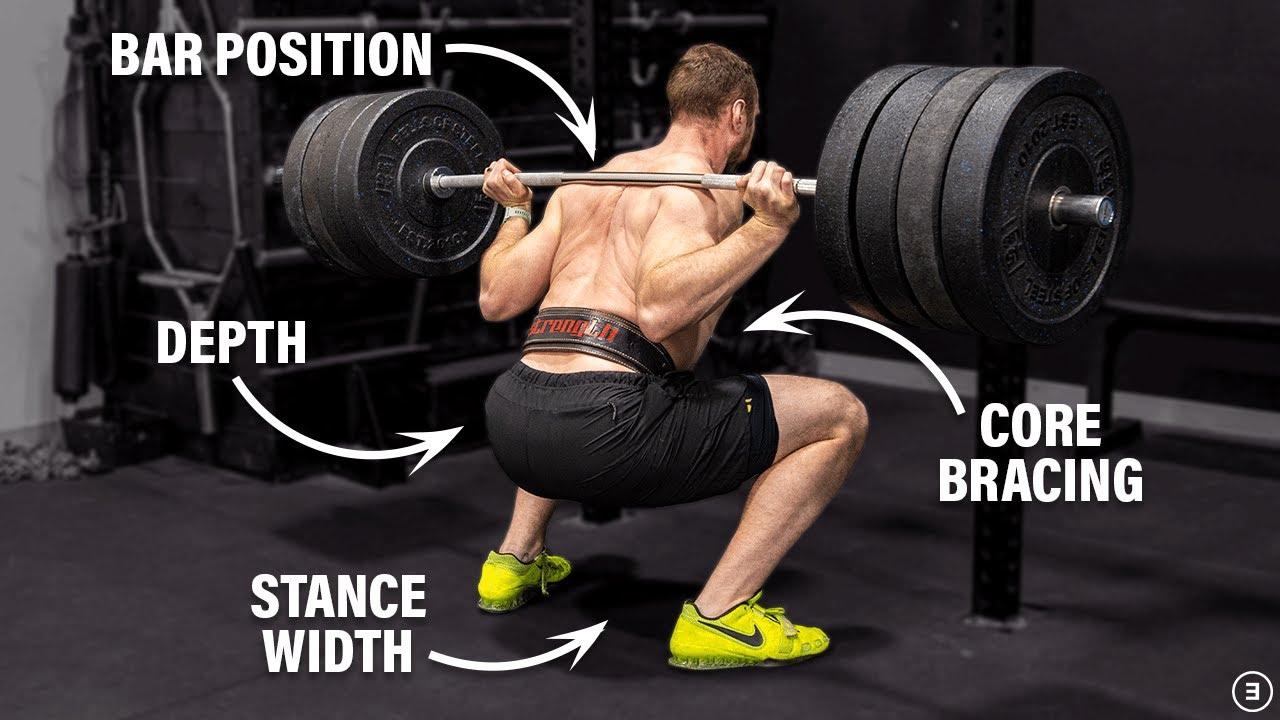Are you a fitness enthusiast looking to optimize your workout performance? If so, you may have heard conflicting information about lactic acid and its impact on your training. This article aims to unravel the mystery surrounding lactic acid by exploring its role in exercise and its effects on your body. Whether it’s a friendly ally or a formidable enemy, understanding lactic acid’s role can help you make informed decisions to enhance your fitness journey. So let’s dive in and discover the truth about lactic acid!
What is Lactic Acid?
Lactic acid is a compound that is produced in the body during certain metabolic processes, particularly during high-intensity exercise. It is a byproduct of the breakdown of glucose in the absence of oxygen, known as anaerobic metabolism. Lactic acid is produced when the demand for energy in the muscles exceeds the supply of oxygen. This compound plays a crucial role in various physiological processes and has both positive and negative implications for exercise performance and recovery.
Production of Lactic Acid in the Body
The production of lactic acid in the body occurs through a process called glycolysis. In glycolysis, glucose is broken down into pyruvate, which can then be further metabolized to either produce more energy in the presence of oxygen or converted into lactic acid in the absence of oxygen. This process is essential for providing energy to the muscles when oxygen supply is limited, such as during high-intensity exercise or when the body is under stress.
Anaerobic vs Aerobic Metabolism
To understand the relationship between lactic acid and exercise, it is important to distinguish between anaerobic and aerobic metabolism. Aerobic metabolism relies on the presence of oxygen to break down glucose and produce energy in the form of adenosine triphosphate (ATP). This is the primary energy system used during low to moderate intensity exercise.
On the other hand, during high-intensity exercise or when oxygen supply is limited, anaerobic metabolism takes over. In this process, glucose is rapidly broken down to produce ATP and lactic acid. Anaerobic metabolism allows for a quick and efficient energy production but comes at the cost of lactic acid accumulation in the muscles.
The Relationship between Lactic Acid and Exercise
Lactic Acid as a Byproduct of High-Intensity Exercise
During high-intensity exercise, the demand for energy exceeds the body’s ability to supply oxygen to the muscles. This triggers the reliance on anaerobic metabolism, leading to the production of lactic acid. As the intensity of exercise increases, so does the production of lactic acid. This process results in an accumulation of lactic acid in the muscle tissue.
Correlation between Lactic Acid Build-Up and Muscle Fatigue
There has long been a misconception that lactic acid is the direct cause of muscle fatigue and soreness. However, recent research suggests that lactic acid accumulation is not the primary culprit. Instead, it is the increased acidity in the muscles, resulting from the accumulation of hydrogen ions (H+) during anaerobic metabolism, that contributes to muscle fatigue. While lactic acid does contribute to the increased acidity, it is not solely responsible for muscle fatigue and soreness.
Lactic Acid and Muscle Soreness
Delayed Onset Muscle Soreness (DOMS)
Delayed onset muscle soreness, commonly known as DOMS, refers to the muscular pain and stiffness that develops 24 to 72 hours after exercise. It is particularly common after engaging in activities that the body is not accustomed to or when exercising at high intensities. The exact cause of DOMS is still not fully understood, but it is believed to involve a combination of factors, including microscopic damage to muscle fibers, inflammation, and the production of metabolic byproducts such as lactic acid.
Lactic Acid’s Role in DOMS
Contrary to popular belief, lactic acid does not play a significant role in the development of DOMS. While lactic acid may contribute to the increased acidity in the muscles during exercise, it is not directly responsible for the muscle soreness experienced in the days following intense physical activity. The muscle damage and inflammation caused by the exercise itself are thought to be the primary drivers of DOMS.
Lactic Acid and Performance
Effects of Lactic Acid on Athletic Performance
The accumulation of lactic acid during high-intensity exercise can have both positive and negative effects on athletic performance. On one hand, lactic acid can serve as an additional source of energy for the muscles, allowing them to continue contracting even when oxygen supply is limited. This can enhance performance and help athletes push through fatigue.
On the other hand, excessive lactic acid buildup can lead to a decrease in muscle pH, impairing muscle contraction and causing fatigue. This can negatively impact performance and lead to a decline in athletic output. It is crucial for athletes to find the optimal balance between lactic acid production and clearance to maximize performance.
Strategies to Reduce Lactic Acid Build-Up
To minimize the negative effects of lactic acid buildup, athletes can employ various strategies to enhance lactic acid clearance and reduce its accumulation. One approach is to incorporate high-intensity interval training (HIIT) into their workouts. HIIT combines short bursts of intense exercise with periods of active recovery, allowing the body to better tolerate lactic acid and improve its clearance.
Furthermore, proper hydration, adequate nutrition, and sufficient rest can also support lactic acid clearance and optimize performance. Additionally, athletes can focus on proper breathing techniques during exercise to enhance oxygen delivery and minimize the reliance on anaerobic metabolism.
Lactic Acid and Endurance Training
Adaptations to Lactic Acid during Endurance Training
Endurance training involves prolonged, sustained exercise that challenges the body’s aerobic capacity. Over time, the body undergoes various adaptations to improve its ability to utilize lactic acid as a fuel source, reducing the reliance on anaerobic metabolism. These adaptations include increased mitochondrial density, improved lactate threshold, and enhanced clearance mechanisms for lactic acid.
Benefits and Drawbacks of Lactic Acid in Endurance Activities
The management of lactic acid is of particular importance in endurance activities. When properly trained, athletes can take advantage of lactic acid’s role as an additional energy source and delay the onset of fatigue. However, excessive lactic acid buildup can still hinder performance, leading to a decrease in speed, power, and overall endurance.
It is essential for endurance athletes to find the necessary balance between lactic acid production and clearance to optimize performance and delay the onset of fatigue. This can be achieved through proper training, pacing strategies, and fueling strategies to support both aerobic and anaerobic energy systems.
The Role of Lactic Acid in Recovery
Lactic Acid Clearance and Recovery
After intense exercise, the body begins to clear lactic acid from the muscles to restore normal pH levels and facilitate recovery. Lactic acid clearance occurs primarily through a process called oxidative metabolism, where lactic acid is converted back into pyruvate and further metabolized to produce energy.
Influence of Lactic Acid on Recovery Time
While lactic acid clearance is an important aspect of the recovery process, it is important to note that the presence of lactic acid does not necessarily correlate with longer recovery times. Recovery time depends on various individual factors, including training status, nutrition, sleep, and overall training load. It is important for athletes to prioritize proper recovery strategies to optimize the clearance of lactic acid and restore muscle function.
Myths and Misconceptions about Lactic Acid
Lactic Acid as the Main Cause of Muscle Fatigue
One common misconception is that lactic acid is the primary cause of muscle fatigue during exercise. As discussed earlier, lactic acid itself does not directly lead to muscle fatigue. Instead, it is the accumulation of hydrogen ions and the resulting increase in muscle acidity that contribute to fatigue.
Lactic Acid as a Toxin
Another myth regarding lactic acid is that it is a toxic substance that needs to be eliminated from the body. In reality, lactic acid is a natural byproduct of energy production and plays a vital role in many physiological processes. The body has effective mechanisms in place to remove lactic acid and maintain proper pH balance.
Practical Implications of Lactic Acid Understanding
Optimizing Training Programs
A comprehensive understanding of lactic acid’s role in exercise can help optimize training programs for athletes and fitness enthusiasts. By strategically incorporating high-intensity training, varying intensities, and proper recovery periods, trainers and coaches can help athletes improve their performance and delay the onset of fatigue.
Leveraging Lactic Acid in Exercise
Lactic acid can be leveraged in exercise through interval training, lactate threshold workouts, and other specific training protocols. By progressively challenging the body’s ability to tolerate and utilize lactic acid, athletes can enhance their overall performance and endurance.
Conclusion
Lactic acid is a complex molecule that plays a significant role in exercise and athletic performance. It is a byproduct of anaerobic metabolism and can both enhance and hinder athletic output, depending on its accumulation and clearance. While lactic acid is often misunderstood and associated with muscle fatigue and soreness, it is important to recognize its essential role in energy production and physiological processes. By understanding and properly managing lactic acid levels, athletes can optimize their training, enhance performance, and improve recovery. So, rather than considering lactic acid as a foe, let’s embrace it as a friend that can help us push our limits and achieve our fitness goals.









